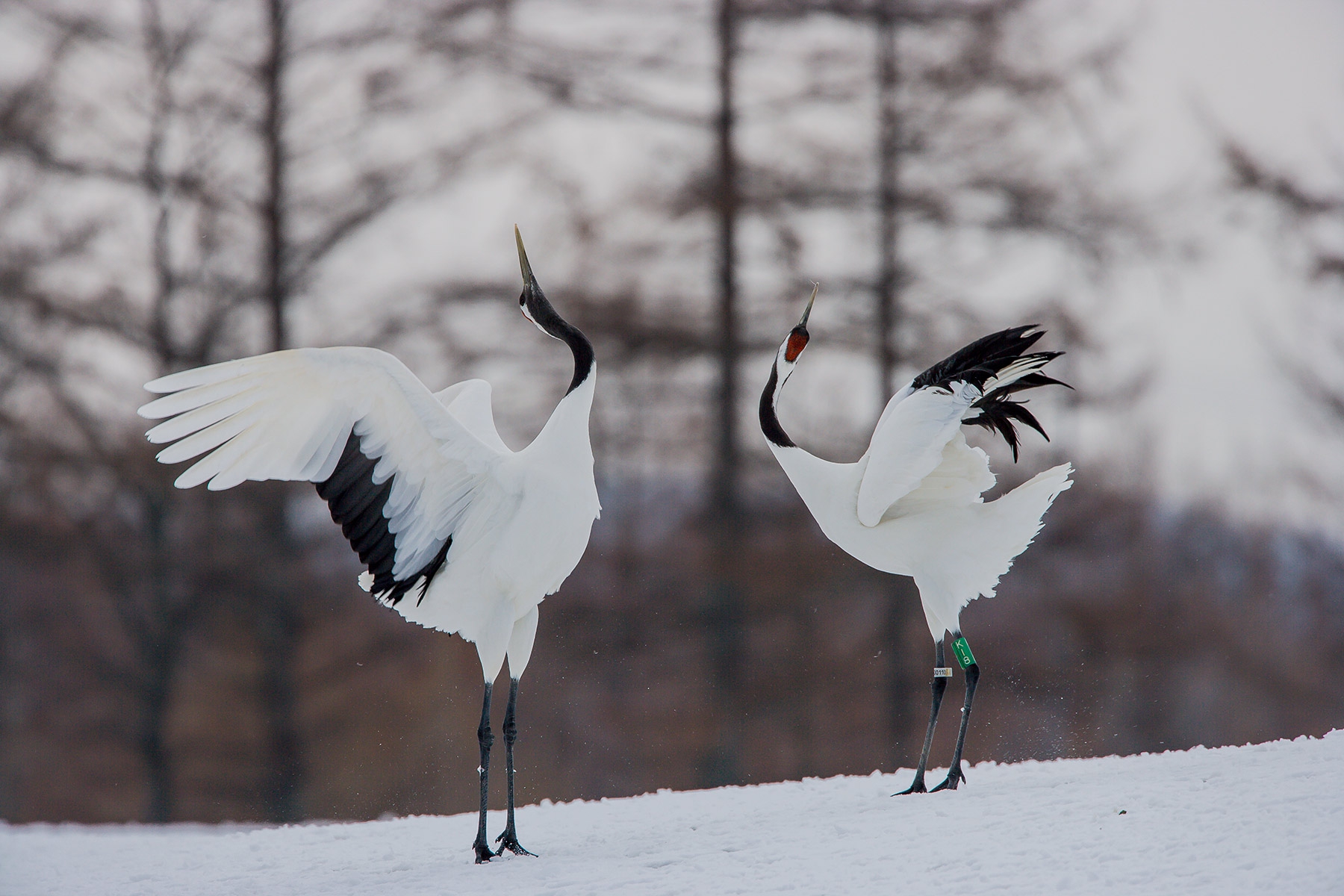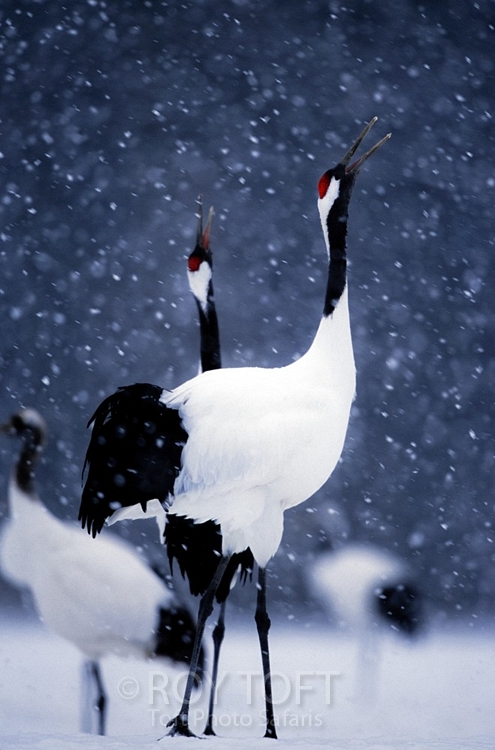The Tancho Crane, or Japanese Crane, holds a special place in both Japanese culture and the world of ornithology. Known for its graceful stature and striking red crown, this majestic bird has captivated hearts for centuries.

Appearance and Habitat
Standing over five feet tall with a wingspan of up to seven feet, the Tancho Crane is a sight to behold. Its pure white plumage contrasts beautifully with its distinctive red crown, which becomes more vibrant during mating season. Found primarily in Hokkaido, Japan, and parts of eastern Russia, these cranes inhabit wetlands and marshes.

Cultural Significance
In Japan, the Tancho Crane symbolizes longevity, fidelity, and good fortune. It is often depicted in traditional art, literature, and festivals, such as the annual Crane Dance in Kushiro City. The bird’s elegant dance rituals during courtship further reinforce its revered status in Japanese folklore.

Conservation Efforts
Despite its cultural significance, the Tancho Crane faced near extinction in the mid-20th century due to habitat loss and hunting. Thanks to dedicated conservation efforts, including protected habitats and captive breeding programs, the population has rebounded to around 1,000 individuals in Japan.

Ecological Role
Beyond its cultural importance, the Tancho Crane plays a crucial ecological role as a keystone species in its habitat. By shaping wetland ecosystems through feeding and nesting behaviors, it supports biodiversity and helps maintain ecosystem health.

Conclusion
The Tancho Crane stands as a symbol of resilience and conservation success. Its beauty, cultural significance, and ecological importance make it a cherished ambassador for both Japan and the global conservation community. As efforts continue to protect its habitat and ensure its survival, the Tancho Crane remains a beacon of hope for future generations.








